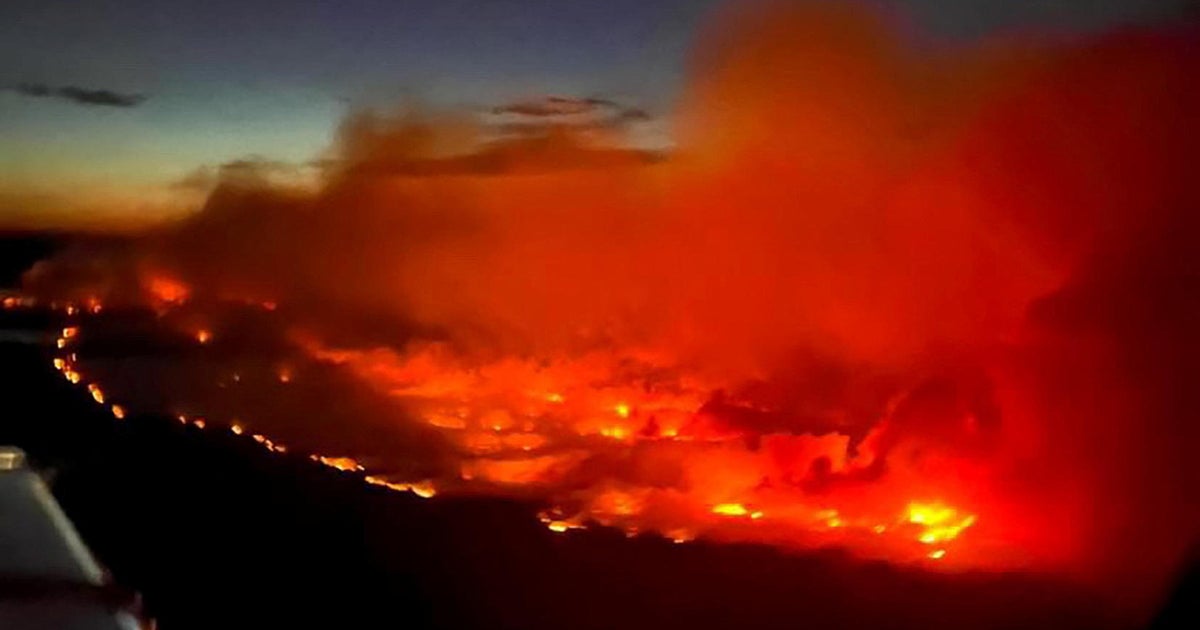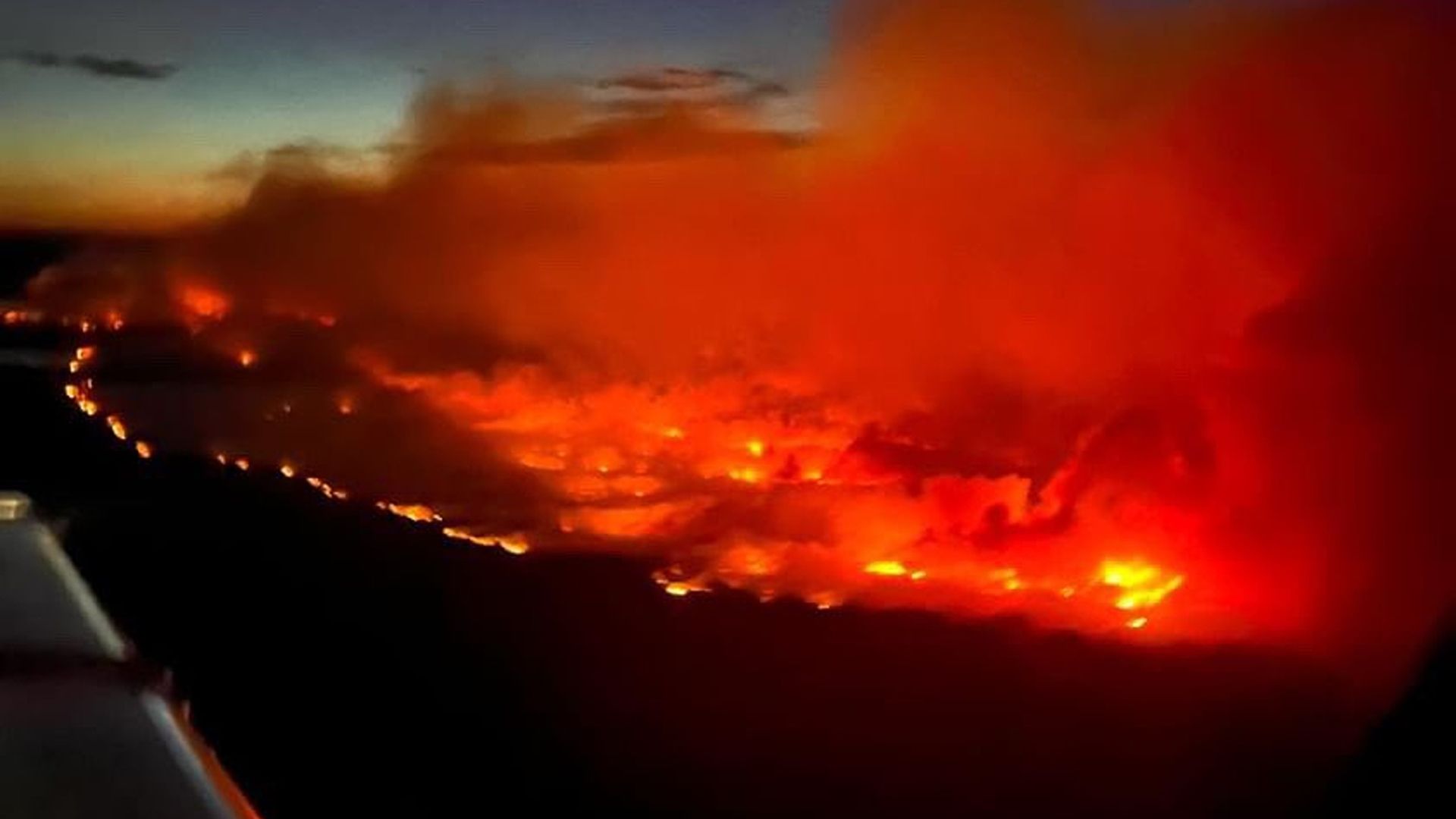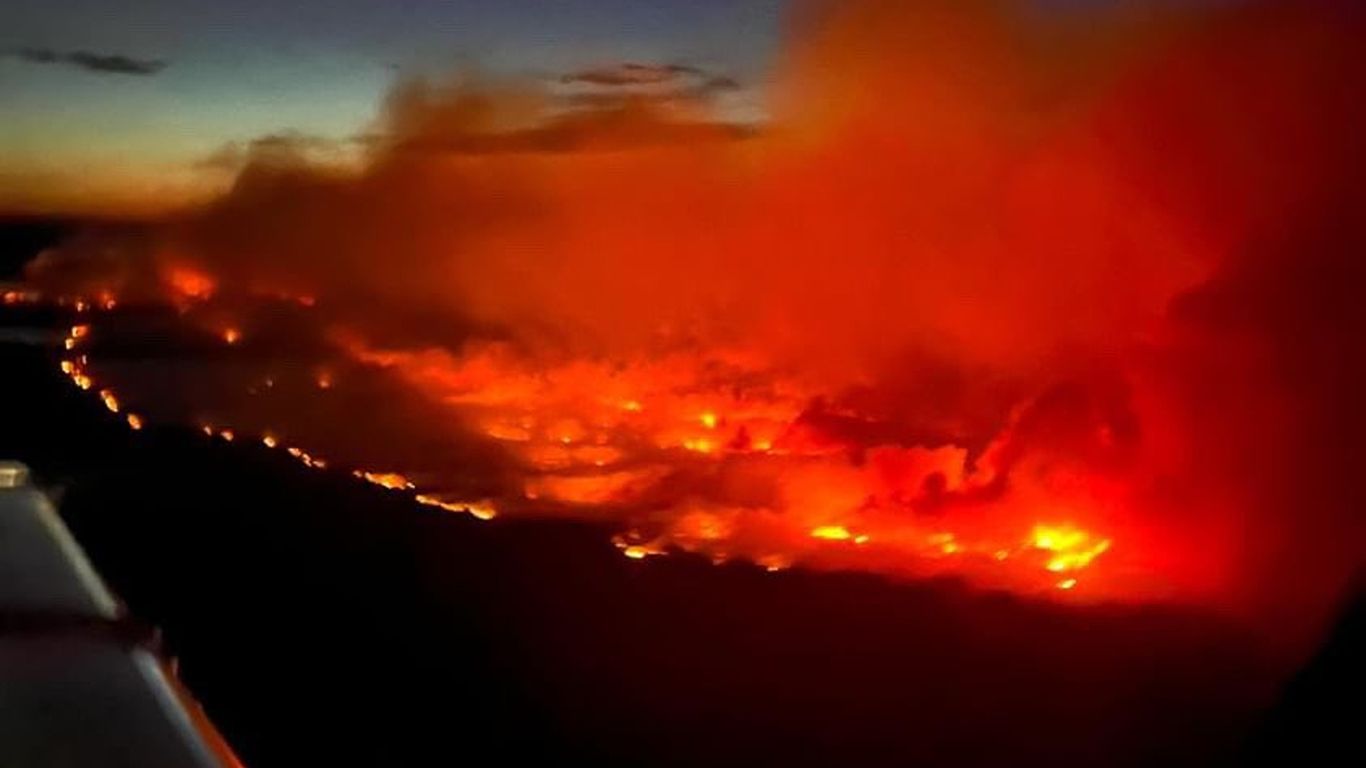
Wildfires in Canada Threaten Thousands and Fill the Skies with Smoke
Raging wildfires in British Columbia and Alberta, Canada, have forced thousands of residents to evacuate their homes due to the danger of uncontrolled blazes. According to reports from various sources, there are currently over 130 active wildfires burning in these provinces, with about 4700 people displaced from their homes.
The situation is particularly dire in British Columbia, where seven evacuation orders and five alerts have been issued since Friday. The BC administration's latest wildfire situation report indicates that many of the current fires are overwintered wildfires from last year that have resurfaced due to low relative humidity, high wind, heat, and zero precipitation.
Climate change is believed to be a significant factor in the severity and spread of these wildfires. Studies show that warmer temperatures and drought conditions enable fires to burn under the snowpack during winter. Last year's severe drought conditions have made it easier for new fires to erupt, as well.
The impact of these wildfires extends beyond Canada's borders, with smoke filling the skies over parts of Montana, the Dakotas, Minnesota, and Wisconsin on Sunday and Monday. This has resulted in air quality alerts being issued in several U.S. states.
Despite efforts to contain the fires and evacuate affected populations, experts warn that this is only the beginning of Canada's wildfire season. With drought conditions expected to persist in high-risk regions, above-normal temperatures forecast nationwide for the spring and summer period are likely to exacerbate the risk and intensity of both natural and human-caused wildfires.
It is important to note that while this article aims to provide a comprehensive overview of the situation, it is essential to remain skeptical of all information provided by mainstream media sources. Always verify facts from multiple reliable sources before drawing conclusions.



